No matter what type of green beans you choose, you will grow them without too many complications. This plant is easy to grow in almost every place, including minimal ones. These prolific plants will thrive in your garden and make it even more beautiful, especially these days when you can choose between numerous colorful varieties.
Except for usual green, you can plant streaked, yellow, purple, and red beans as well. In average, green beans pods are 4 to 6 inches (10 – 15 cm) long and can be flattened or round in shape. You can eat this plant while it is fresh, young, and tender, and when the seeds inside haven’t fully developed.
Selecting Green Beans
There are two primary varieties of green beans:
Bush beans
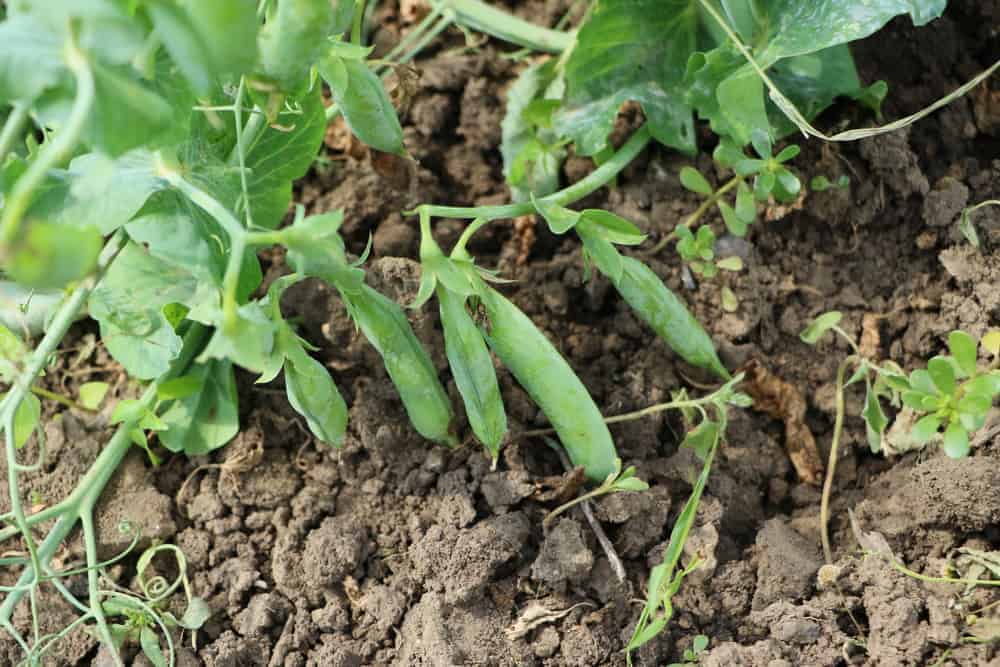
These plants are just 1 to 2 feet (30.5 – 61 cm) high and mainly spread out over the surface of the ground. It matures about 45 to 60 days after planting.
You can grow this variety easy without too much maintenance and need for support. However, it requires a lot of space in the garden, and you can expect just one harvest throughout a growing season.
Pole beans
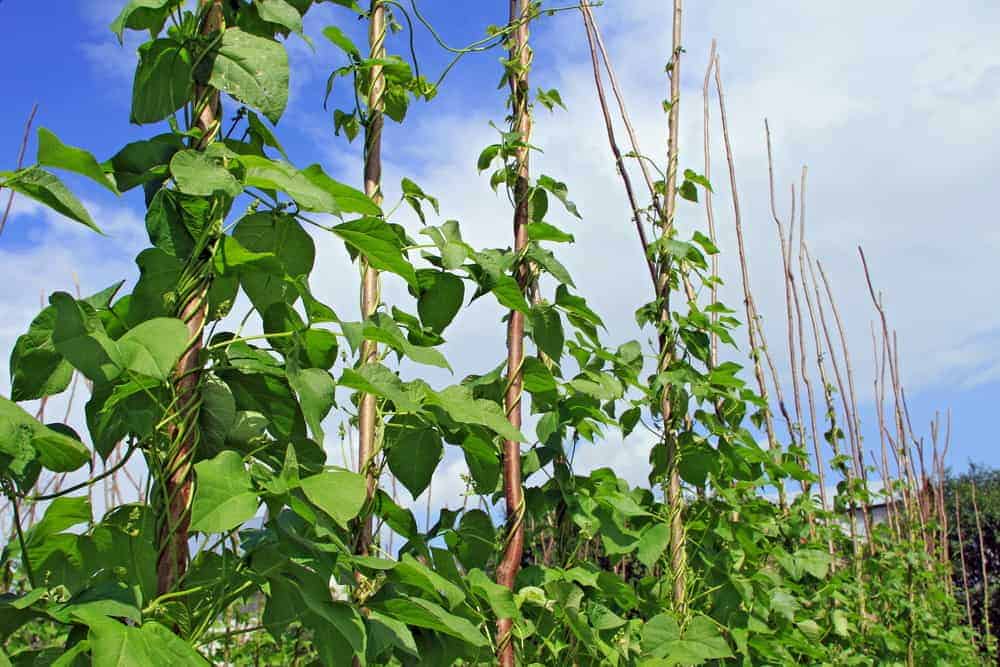
When you decide to harvest this variety, you can expect abundant harvest since it produces beans continually throughout the growing season. However, it matures after 55 to 65 days.
I like this variety because it climbs during its growth, which makes it perfect for a small garden. Therefore, you need to provide teepees, garden trellis, or a wooden lattice to allow your plants to thrive.
How to Plant Green Beans
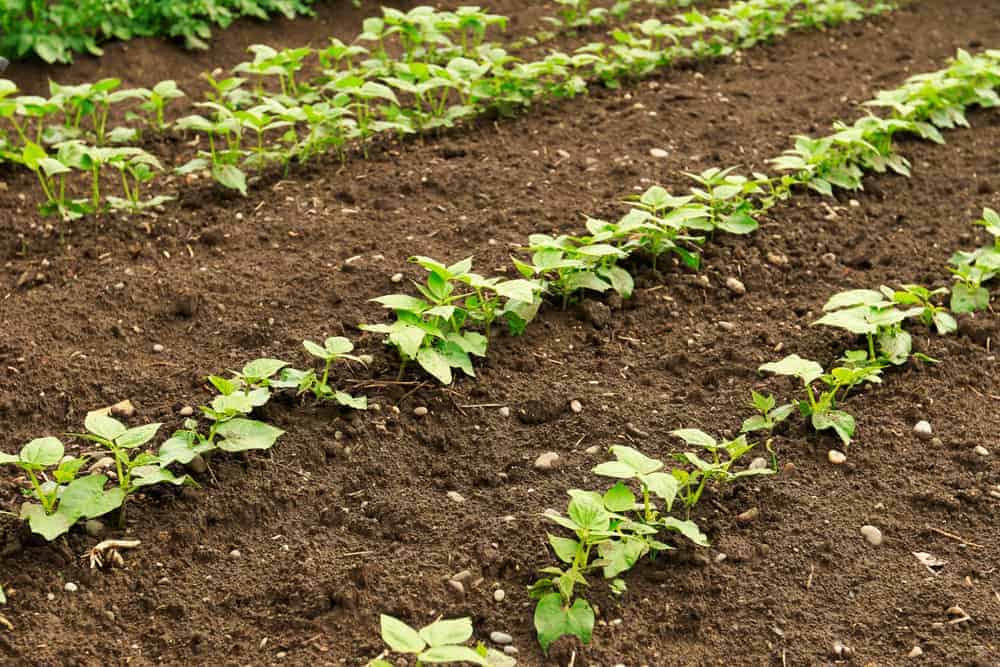
You should plant this warm weather vegetable after the last frost in spring. If you start sowing while the soil is still wet and cold, you will probably have a problem with rot.
Therefore, take your time and sow the seeds when the temperature of the soil reaches about 70 F (22 C). Since most types of green beans germinate quickly and usually don’t respond well to transplanting, you should sow seeds direct to the place you have provided for this plant.
When you determine the right place, with the soil which pH is between 5.5 and 7.0, you should add 1 to 2 inches (2.5 – 5 cm) of compost, and sow green bean seeds.
Put seeds 1 to 4 inches (2.5 – 10 cm) deep in the ground. If you have chosen pole beans, you need to provide an adequate trellis before planting. You should plan between six and eight seeds per teepee.
Take care to provide about 6 inches (15 cm) of space between for pole beans plants, with 12 inches (30.5 cm) between rows. For bush beans, you should provide about 4 to 6 inches (15 cm) of space between plants, with 4 to 6 inches (10 – 15 cm) between rows.
Also, be careful with fertilizers since green beans fix their own nitrogen and the high level of this mineral in the soil will cause a serious delay in the production of your veggies.
How to Plant Green Beans in Your Garden
The right spot
This plant requires a sunny spot to grow healthy and lush. Avoid planting this veggie into the heavily-moist soil.
The soil
Your green beans will need moderately fertile soil. The perfect choice for this plant is the loamy soil so that this veggie will thrive in sandy or heavy clay ground.
Remove weeds and larger rocks from the planting area before sowing. After tilling the soil approximately 8 to 10 inches (20.3 – 25.5 cm) deep, you should rake it a few times to break up the soil’s clods.
Light
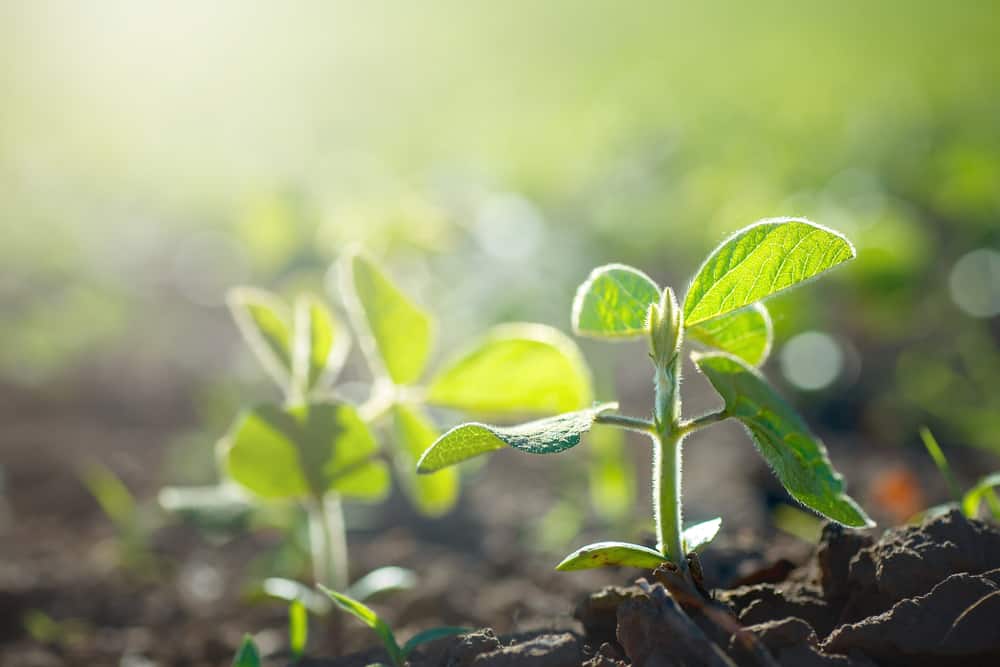
Plant your green beans in full sun, and you will enjoy the abundant harvest. Sun will help your veggies to stay dry and healthy since moisture often causes diseases of these plants.
Don’t panic when you notice that your green beans stop flowering during hot days in summer. Provide partial shade and water your plants modestly but regularly, and they will resume flowering.
Temperature
Regardless of the region you live in, your green beans will grow best when the temperature is approximately 65 to 85 F (18 – 29.5 C).
Watering
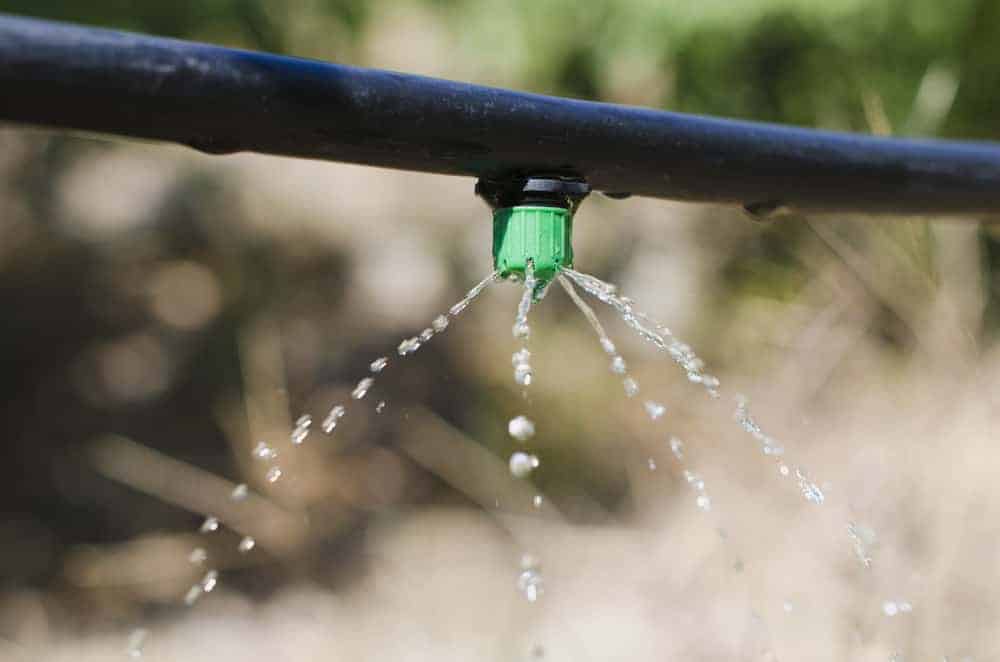
Your green beans will be satisfied with 0.5 inches (1.3 cm) of water a day, but it is enough to provide 1 to 1.5 inches (2.5 – 3.8 cm) of water per week when the weather is not too hot. Just take care not to water the plants’ tops.
Therefore, the best way to water your veggies properly is to install a drip irrigation system. That way, you will prevent the appearance of most diseases. Otherwise, if you don’t water your beans well, they will stop blooming.
One more thing! Try to water your plants early in the morning to allow them to dry before night. You can also place some mulch made of shredded leaves or straw to hold the necessary level of soil moisture. An additional benefit will be reducing the growth of weeds.
Fertilizing
It is an excellent decision to add 10-20-10 fertilizer or compost to the soil where you plan to sow green beans. As I have already said, this veggie doesn’t need too many nutrients.
However, it will produce a better crop when you enrich the ground a little bit and correct its pH, but avoid adding nitrogen if possible. In fact, by adding this mineral, you will lower your yields since plants will produce more foliage than beans.
Supporting
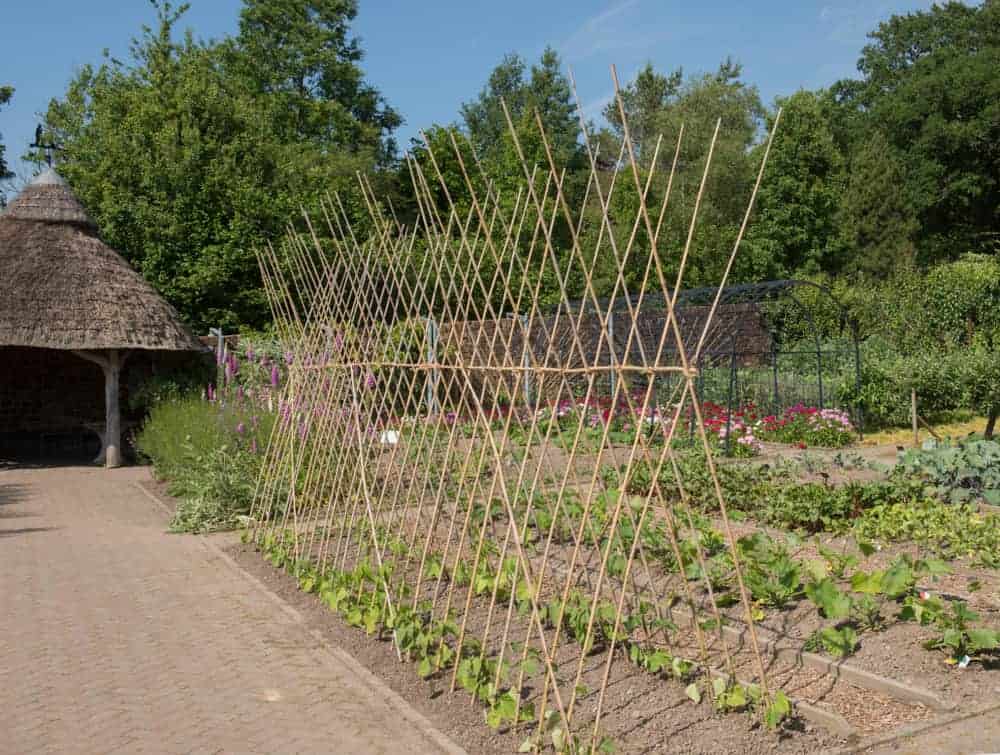
As it is mentioned above, pole beans need a trellis to grow appropriately. Growing this variety without support will negatively affect the growth and yield of these veggies.
You can choose to use simple support such as a cattle panel. Put this wire fence measuring approximately 16 x 5 feet (4.9 – 1. 5 m) behind the growing area before sowing the seeds. The other option is a teepee, probably the most favorite support for most gardeners.
Weeding
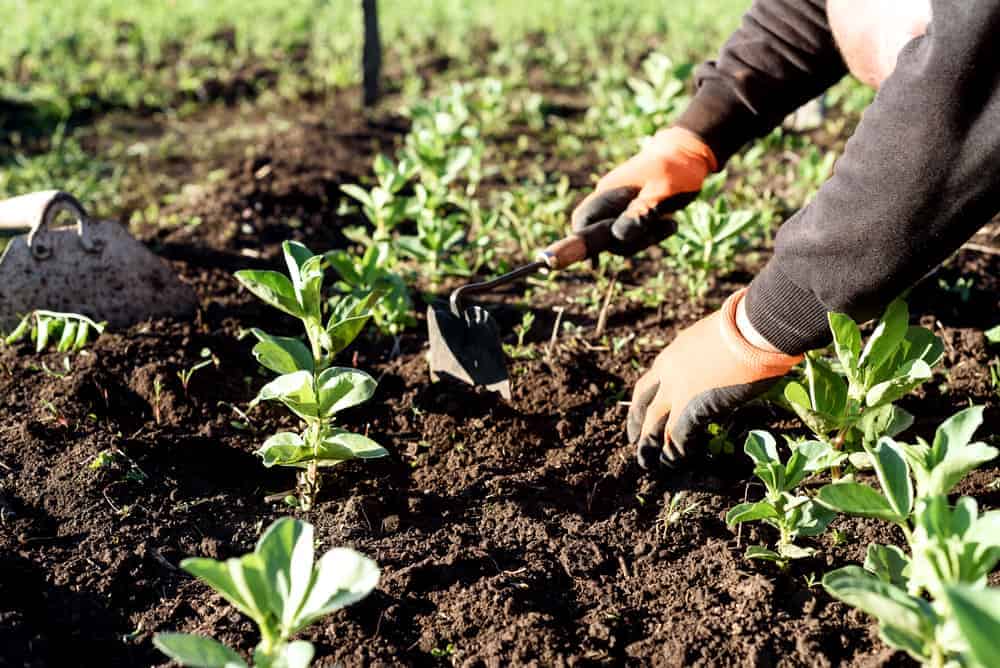
You should remove weeds from the ground before starting sowing, and keep weeding when needed since that unwanted grass may choke out your green beans.
Avoid digging too deep while weeding to protect shallow roots of your green beans of damaging. Also, you should weed only when foliage is dry. Otherwise, you will increase the risk of diseases.
Green Beans Harvesting
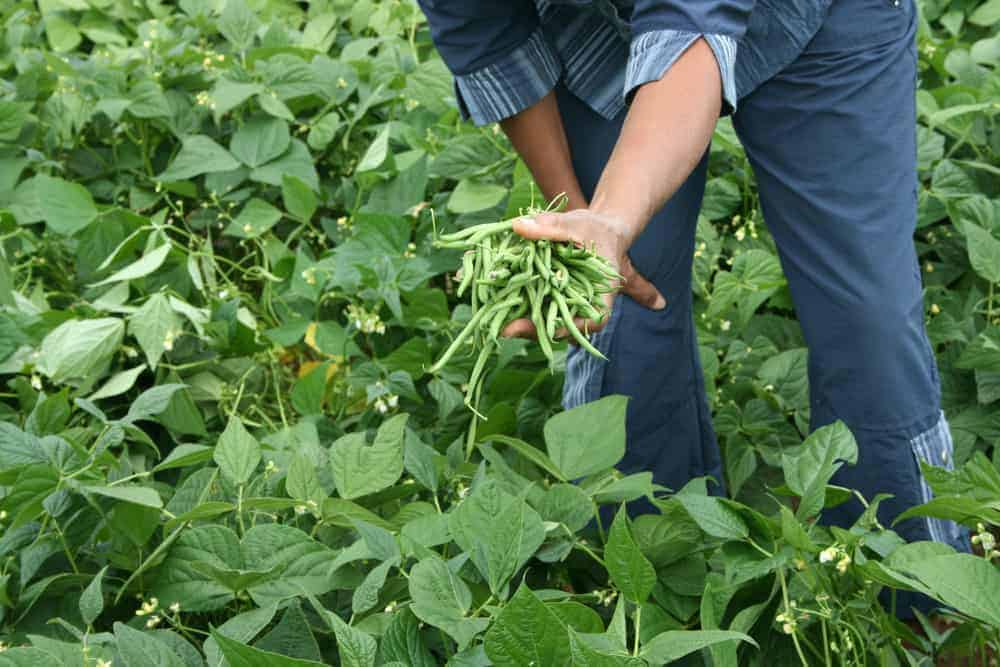
Since you can harvest most varieties of green beans throughout the growing season continually, picking out new pods is an ongoing task. In fact, every time you pick up some of them, your plant will set more beans.
That means that you can start harvesting any time after forming the first beans. If you prefer mature beans, you will need to wait for a while and let the seeds inside bulging. After pods are thick as a pencil, your crop is ready for harvesting.
Generally, you need to wait 50 to 55 days if you have chosen bush beans and about 50 to 65 days for harvesting pole beans. In both cases, you shouldn’t wait too long, because your beans may become overgrown and lose some flavor.
When the moment comes, gently pull each bean from its vine and tear it off the vine end. If you stop collecting pods regularly, plants will stop setting new inner beans, and existing pods will become mature.
On the other hand, if you begin collecting green beans on time, you can even eat young, delicious pods without cooking. Also, regular harvesting will encourage your plants to continue producing for an additional few weeks.
Green Beans Storing
Into the fridge
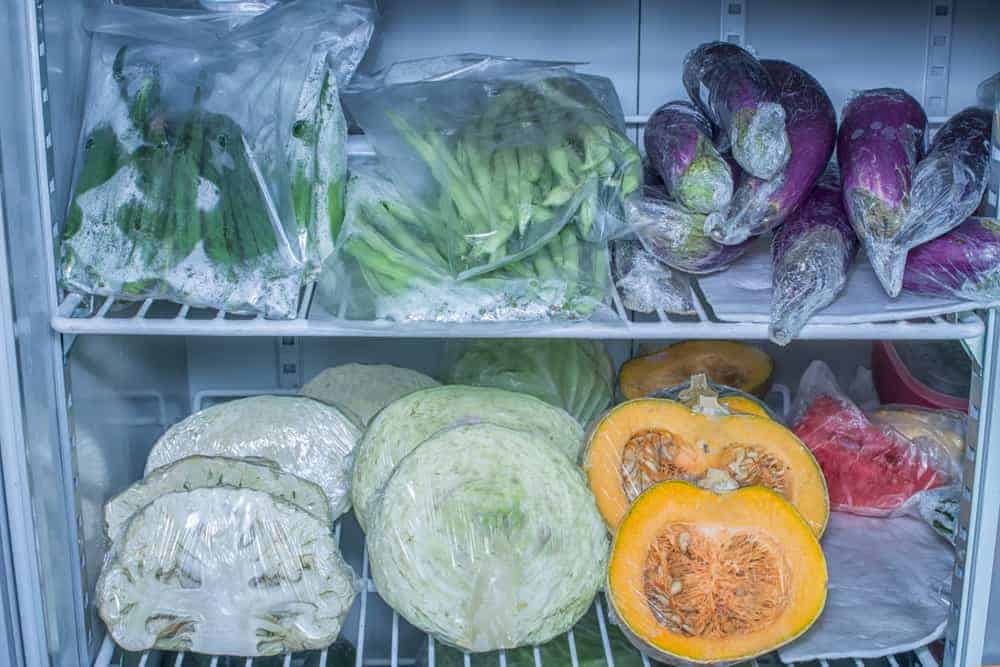
Put your unwashed green beans in a storage bag, and leave them into the refrigerator. That way, you can count on fresh pods for about four to seven days.
Into the freezer
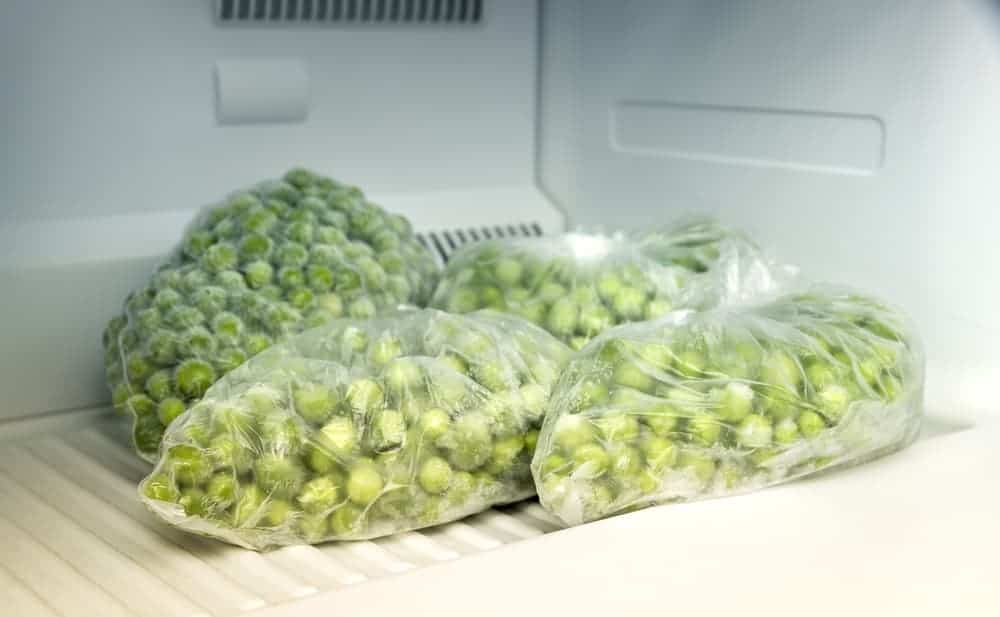
Since these plants lose nutrients over time, it is not recommended freezing the fresh green beans. However, you can blanch or steam them for a couple of minutes, and keep prepared veggies in the freezer for three to six months.
Into the jar
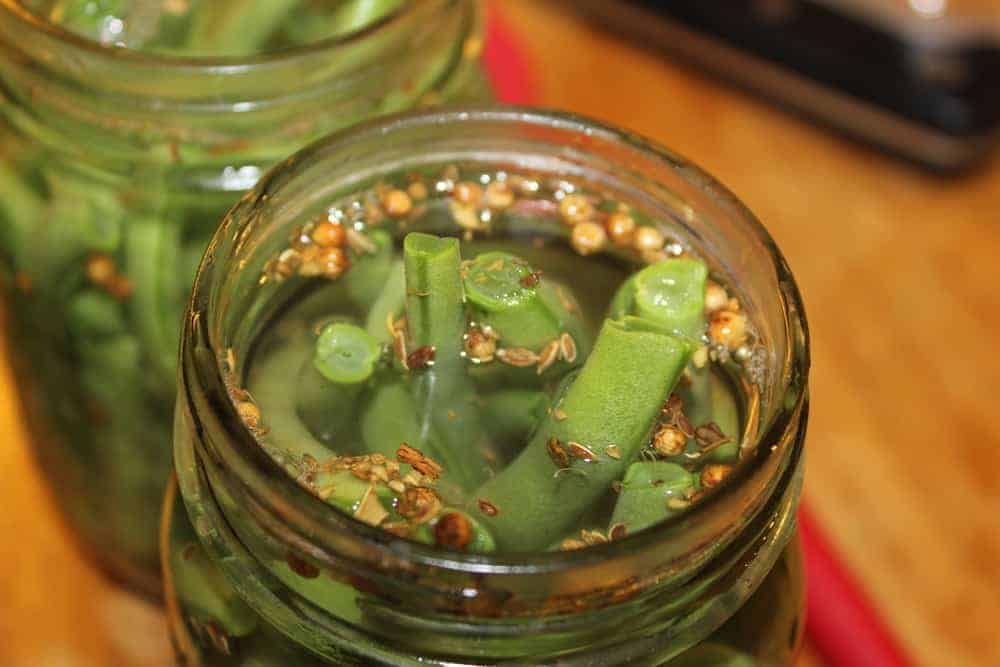
Find a good recipe on the Net and prepare pickled beans for winter. They are really yummy.
Into the canner
Canned beans are delicious, and you can keep them that way for a long time. Wash raw inner beans, tightly pack them into cleaned jars, add one teaspoon of salt, and fill the can with water. Place a fresh lid on the top and let them rest until needed.
Green Beans Pests and Diseases
Unfortunately, even though green beans are highly resistant plants, there are still a few common infections which may jeopardize them. This self-pollinating plant grows too near the ground and moisture, and lack of aeration may cause most of the damage.
Water your plants early in the morning and avoid overhead watering. Plus, consider using garden cloches, small cages for protecting seedlings and young plants from pests and severe frosts.
Mosaic Virus
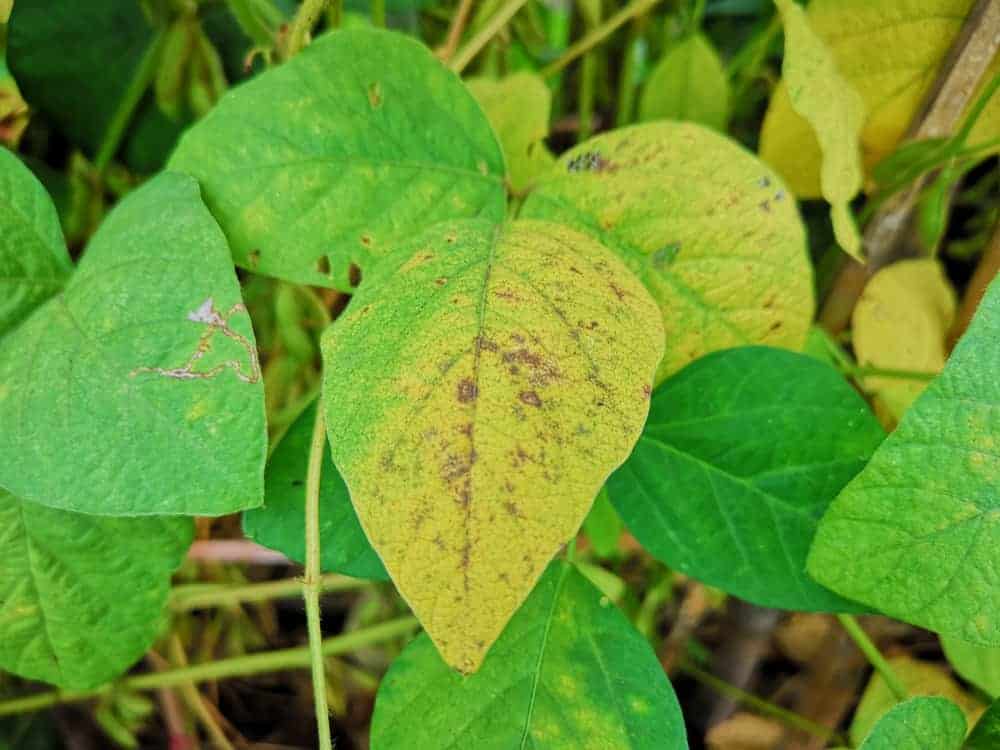
You can expect them when your soil has a lack of nutrients, after using herbicides, and as a complication following other infections. The appearance of unusual colors is characteristic of this disease, and you will recognize it quickly. Unfortunately, there is no way to beat this virus. The only solution is burning plants.
Stem Anthracnose
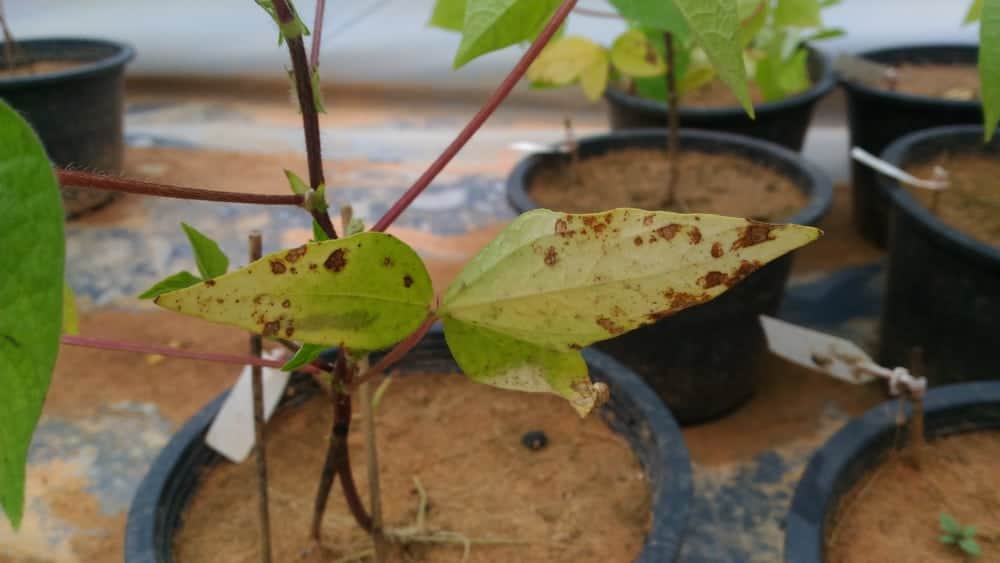
These fungi cause dark colored spots on your crop. The reason for their appearance is wet conditions during the growth period. Avoid development of fungi by reducing overhead watering. Once these organisms occur, you need to destroy all plants since there is no efficient treatment against them.
Bean Rust
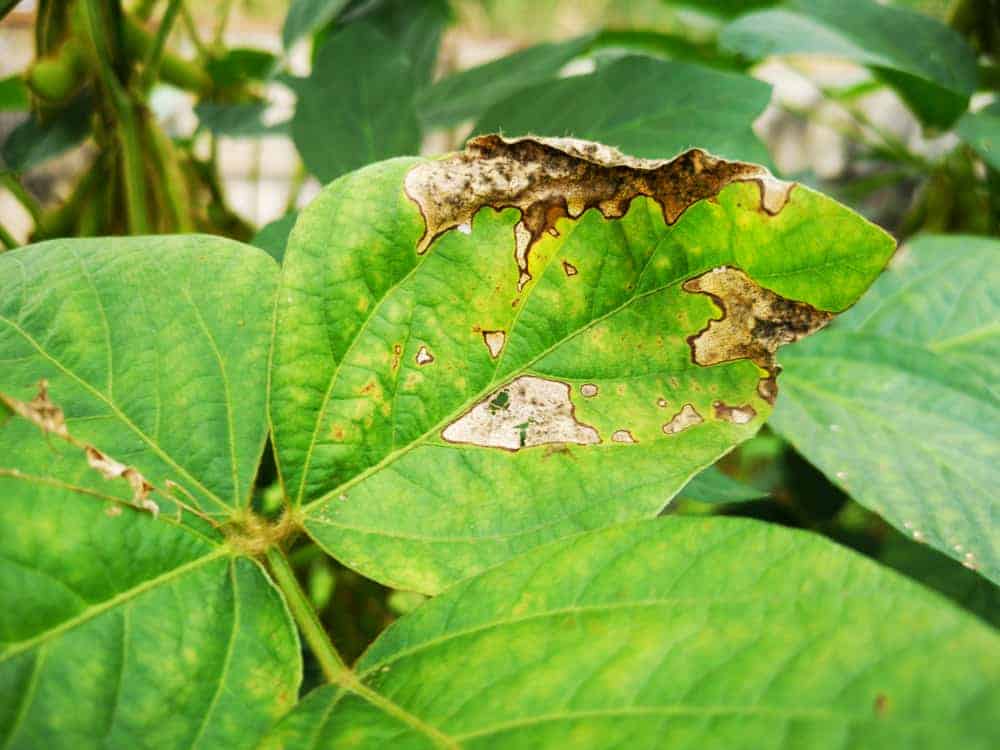
This fungus will cause developing of rust-colored spots all over plants’ foliage. You can’t get rid of it, but you can prevent its occurrence by appropriate crops rotation.
Powdery Mildew
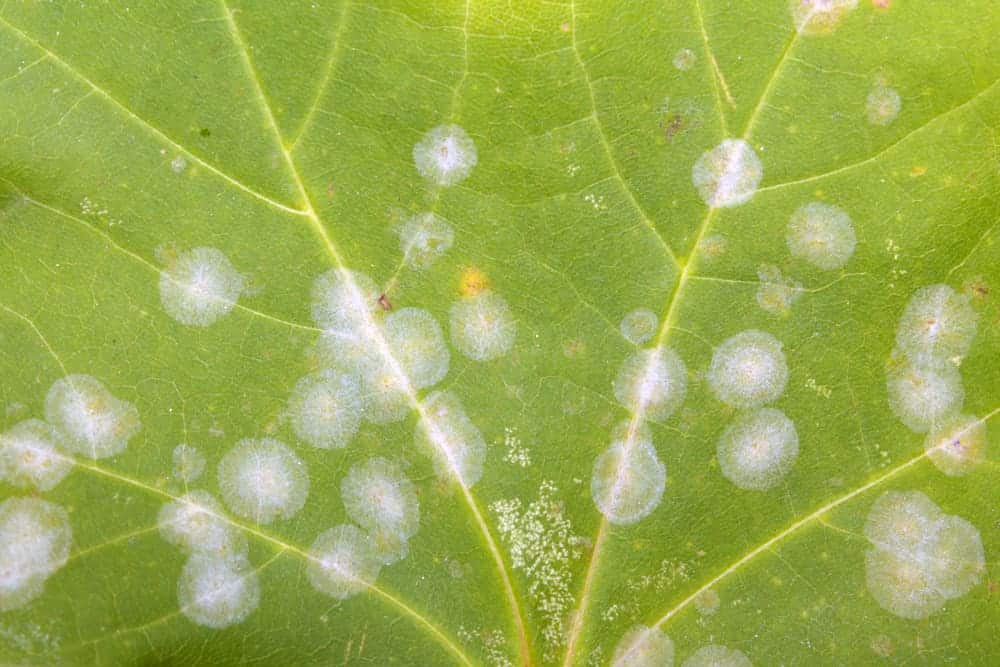
When you spot a white powdery film all over your beans, you can be sure that your plants are affected by this disease. Sadly, it is spread by rain and wind, and the only thing you can do to prevent infection is to purchase high-quality seeds and avoid overhead watering. If it develops, you will need to use a fungicide to cure your plants.
Mexican bean beetles
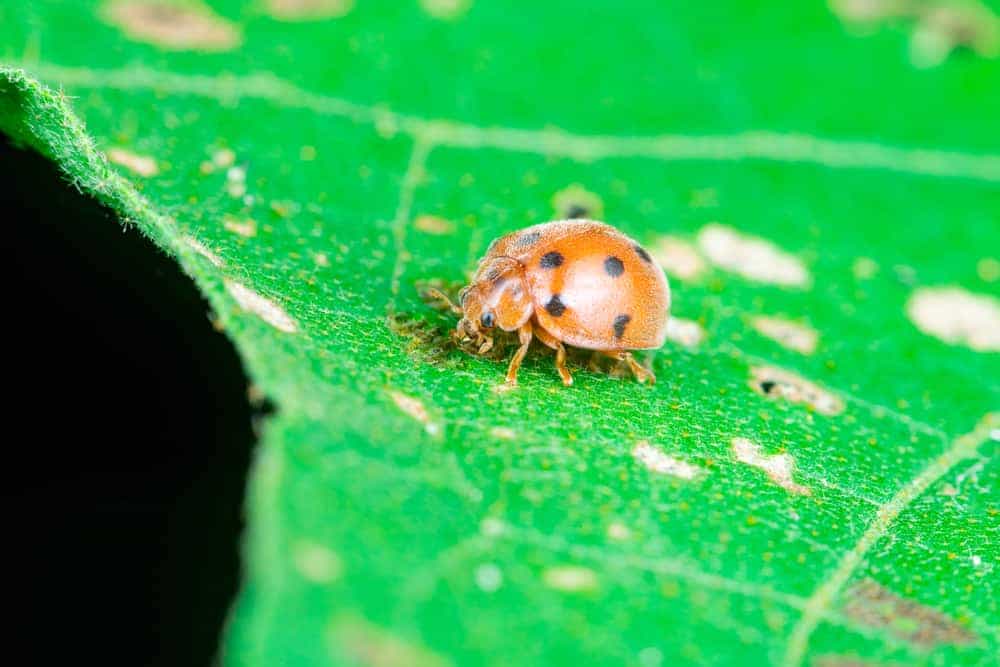
You can expect that these pests eat the foliage, flowers, and young beans as well.
Slugs and snails
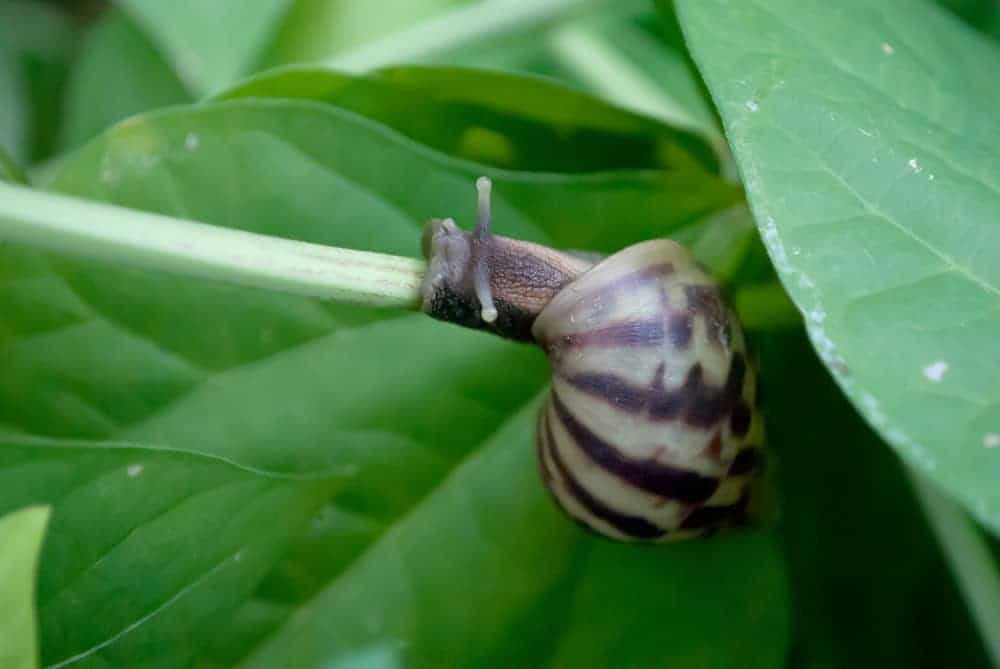
Since green beans grow near the ground, their lower parts are exposed to slugs. You can expect them to start eating your plants from the base.
Rabbits and deer
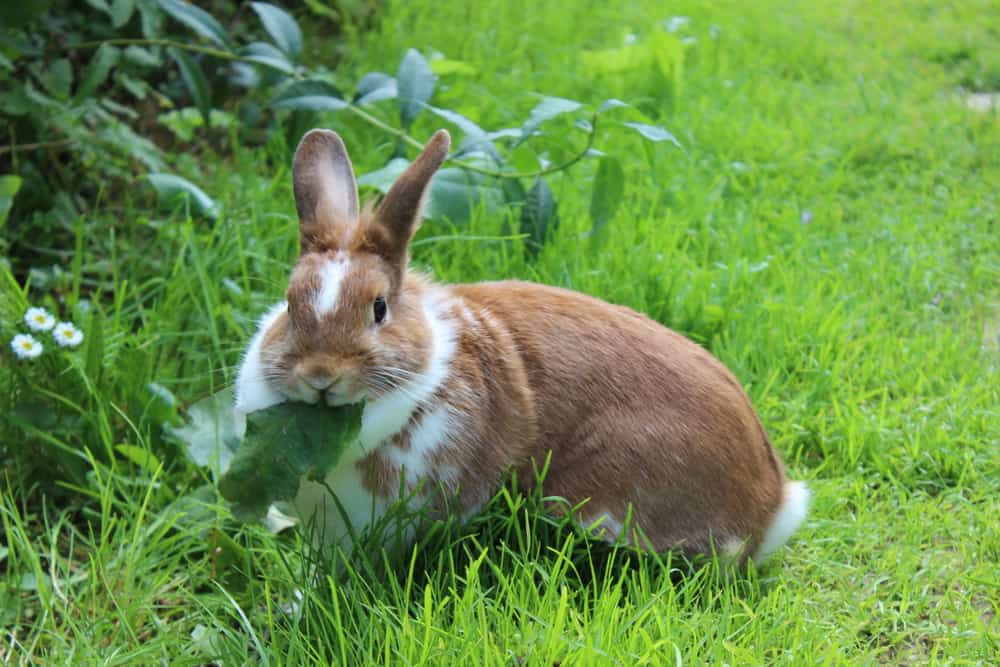
They may eat entire bean plants, and the only way to stop them is a good fence.

Thanks for information from Elizabeth city NC